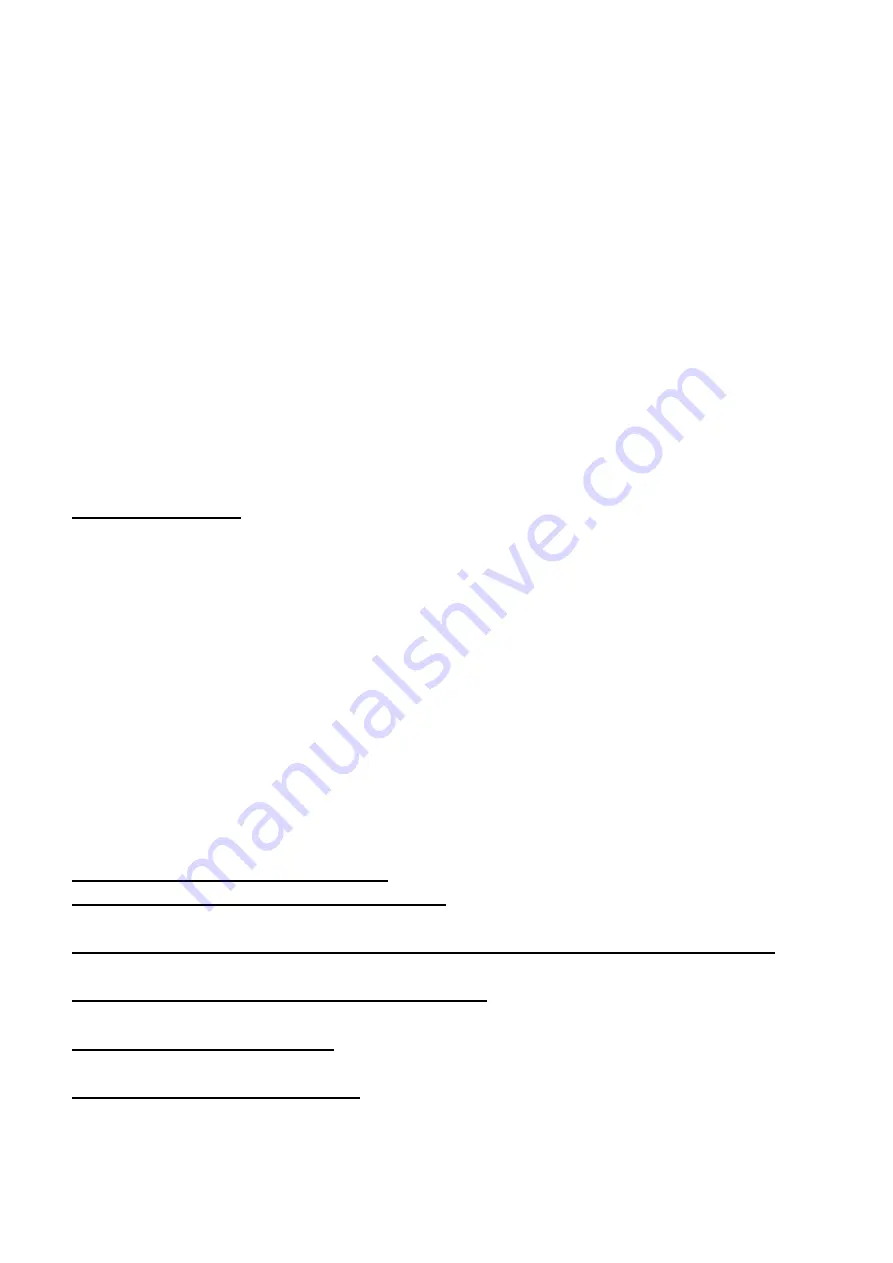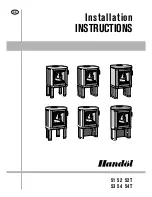
7
maintain a high burning temperature, so try a solid fuel that burns at a lower temperature.
There may not be the required flue draught in the chimney/flue. In this case a longer
chimney pot may help, or there may be a blockage in the flue.
2. Smoke is coming into the room.
There may be down draught conditions, see paragraph 1 of ‘Lighting the Stove’. If it is not
possible to stop the down draught by warming the flue as described, it is advisable to leave
the stove unlit and test conditions later.
3. The stove is burning too hot.
Make sure the stove door is closed properly, and check that all spin wheels and turbo burner
are closed
Check the rope seal on the door. If this needs replacing, ceramic rope and heatproof
adhesive can be obtained from your supplier.
WARNING NOTE
Properly installed, operated and maintained this stove will not emit fumes into the
dwelling. Occasional fumes from de-ashing and re-fuelling may occur. However, persistent
fume emission is potentially dangerous and must not be tolerated. If fume emission does
persist, then the following immediate action should be taken:-
(a)
Open doors and windows to ventilate the room and then leave the premises.
(b)Let the fire go out.
(c)Check for flue or chimney blockage and clean if required.
(d) Do not attempt to relight the fire until the cause of the fume emission has been
identified and corrected. If necessary seek expert advice.
The most common cause of fume emission is flueway or chimney blockage. For your own
safety these must be kept clean at all times.
IN CASE OF A CHIMNEY FIRE –
CLOSE ALL AIR VENTS IF POSSIBLE.
MAKE SURE THERE IS NOTHING COMBUSTIBLE NEAR THE STOVE.
MOVE PEOPLE AWAY FROM THE ROOM.
CLOSE THE ROOM DOOR
PHONE THE FIRE BRIGADE.






























